ORLANDO, Fla. — Florida’s Department of Transportation has formally approved documents by Brightline — now Virgin Trains USA — explaining how it plans to build the railroad right-of-way to expand service 88 miles from its Orlando International Airport station to Tampa, Fla. The action clears the way for the company to begin negotiating alignment and construction issues leading to lease agreements with the Central Florida Expressway Authority, which controls median development along State Route 417 and Interstate 4.
Elsewhere, the passenger service partially resolved some of the issues involving its East Coast route to Orlando with an agreement over safety, bridge-opening, and station-funding responsibilities in the “Treasure Coast” area north of West Palm Beach to Cocoa, Fla. Martin County commissioners approved a Virgin proposal to assume those responsibilities, as did
Citizens Against Rail Expansion (CARE), a group that has voiced opposition to the Miami-Orlando service for five years. Indian River County officials did not.
The proposal for the Orlando-Tampa route has detailed maps and is available here. Tracks to Tampa would be built out of the airport station past Virgin’s proposed maintenance facility and then follow a power-line corridor to a point near commuter operator SunRail’s Meadow Woods station. This is on the north-south rail corridor between downtown Orlando and Kissimmee, Fla., now used by Amtrak and SunRail trains. The route would sweep south and west into the median of Route 417 and then into the middle of I-4.
The plan presumably gives SunRail an adjacent path to Virgin’s rail corridor to eventually serve the Orlando airport, where space has been allotted to add platforms for commuter trains once funding becomes available. Platforms for the Virgin trains are already in place. Virgin must also negotiate with landowners, including CSX, for additional property needed to build right-of-way and stations, such as in downtown Tampa. Agreements are to be finalized by March 15.
The agreement with Martin County and CARE addresses concerns that had led Martin and Indian River counties to file lawsuits challenging Virgin’s right to upgrade Florida East Coast Railway’s most single-track route to double track supporting 110-mph operation. In return for dropping the legal action, Virgin says in the revised agreement, excluding Indian River County, that it will:
— Install vehicle presence detection and/or exit gates at 21 highway crossings;
— Install and pay for sidewalks at eight crossings where they don’t now exist;
— Share equally in the cost of a pedestrian bridge in downtown Stuart, Fla.;
— Pay $1 million toward fencing in the county;
— Pay for annual highway crossing maintenance costs above what the county pays now, estimated at least $10 million, for 14 years after passenger service begins;
— Build at least one station in the county and pay half the cost;
— Elevate a portion of the St. Lucie River bridge to allow passage of more marine traffic when the drawbridge is down, promise consistent bridge openings of 15 minutes every hour, and pay for a full-time bridge monitor;
— And allow Loxahatchee River Bridge openings at a consistent time each hour, with closures no longer than 30 minutes.
Both counties will have spent more than $8.2 million of taxpayer money in fighting the entity that morphed from All Aboard Florida to Brightline to Virgin Trains USA, according to the TC Palm website. That includes $1 million Indian River is paying to challenge federal approval of Virgin’s intention to sell $1.15 billion in tax exempt private activity bonds. [See “Brightline bond request approved, Orlando expansion on horizon,” Trains News Wire, May 25, 2018.] Indian River attorneys filed the suit in Washington, D.C. District Court last week, but the judge is not expected to rule immediately.
Indian River officials expressed unhappiness that the two counties are no longer working together. “I’m disappointed in our counterparts down south,” Indian River County Commissioner Joe Flescher said, according to the TC Palm. “We are divided.”
— Updated Dec. 4 at 1 p.m. CST to correct information on SunRail platforms at the Orlando Airport station.





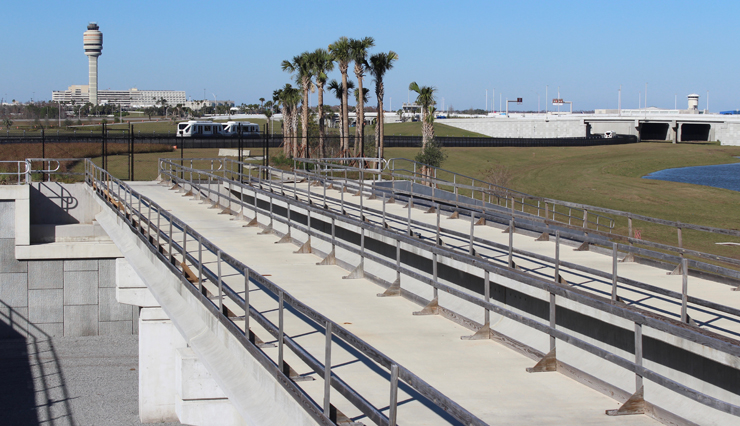


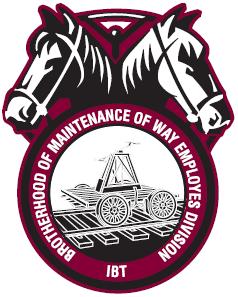
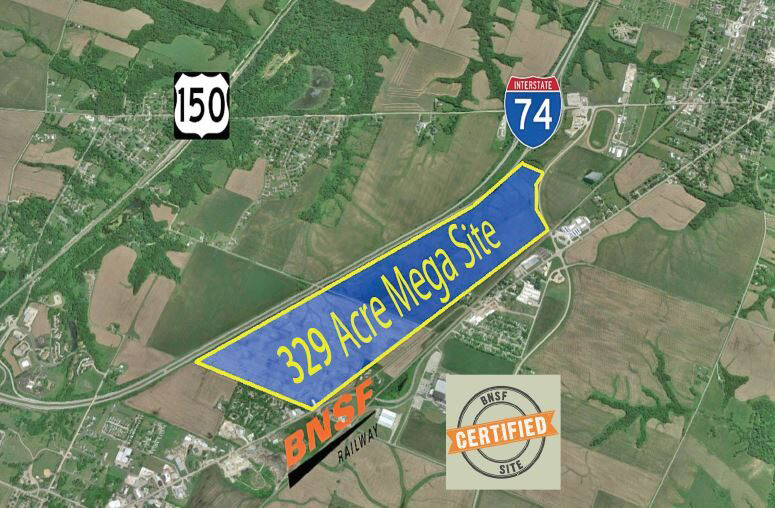
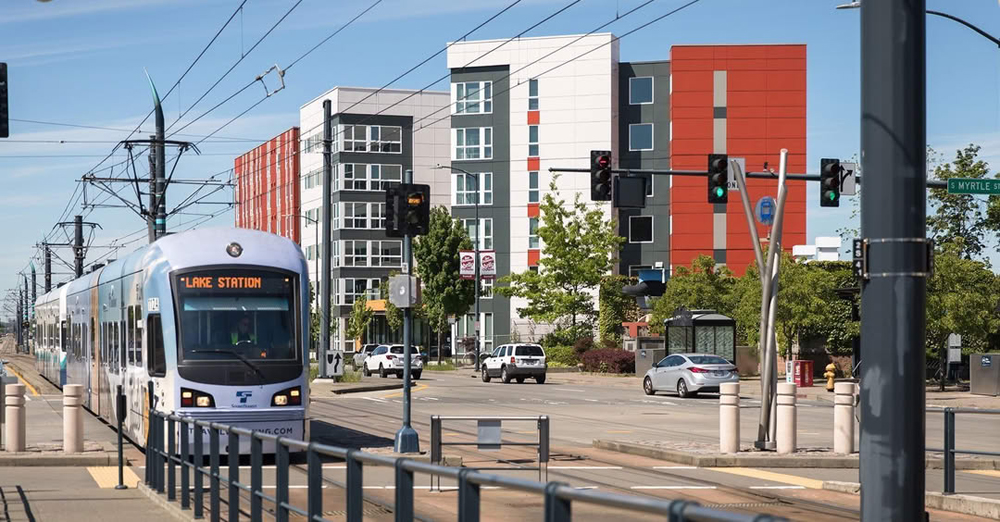
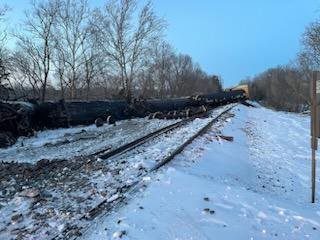




How long until FEC is running intermodal to Orlando and Tampa?
Indeed. A lot of info packed into that Rabbit Hole marked: here
That linked document with maps and cross-sections is amazing. Thanks for reporting on this project!
@Brian Westgate: Brightline already has an agreement with FEC for them to pay for rights to bring freight over the Cocoa-Orlando segment. Most of which will occur at night when passenger operations are not active. The agreement included a freight yard east of the airport which will also house Brightline shops and an overnight yard for the passenger cars.
As for the Tampa segment, since the line is expected to terminate in downtown Tampa off the I-4 ROW off Orange Street, there would have to be a way for any planned freight interchange at the CSX yards near Ybor. Since CSX has given up any kind of freight between the Port of Tampa and Orlando in general, I can’t see a great deal of desire to want to run any freight on that line, even during off hours.
The Tampa-Orlando segment has more to offer on the passenger side than freight. CSX can get to Miami or Jacksonville/Waycross on their own. Tampa will essentially serve as a stub end of service from Orlando.
If they are able to work a freight deal, more power to them, but I can’t see much volume out of it compared to the Port Canaveral to Orlando segment.